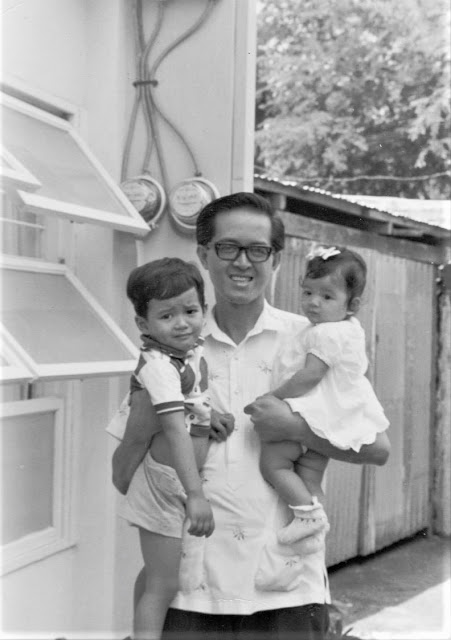In the late 80s, I could have gotten a Snell Type E or J after unloading my Magnepan SMGas. But I loved the sound of EMI and Decca recordings, for which I give credit to BBC-trained sound engineers, so I invested in a pair of Quad ESL57s and Rogers LS3/5As instead. I was such an Anglophile that I even became a partner in a company that imported Art Audio Amplifiers and Spendor Speakers to the Philippines. Unfortunately, we didn't make money...but that's another story.🤣
Deconstruction
 |
| Vifa D26TG-05-006 |
The EIII, JIII and KII designation denotes the switch from a Tonegen 1" doped silk dome tweeter to the Vifa D26TG-05-006 6 ohm 1" dome pictured above. A tweeter level control was also added on all models.
Even if the JIII was manufactured posthumously, it retains the cabinet dimensions and proportions of the original model. After many years of experimenting with open baffles, Altec 614 and 618 and cabinets, I'm a firm believer in the acoustic superiority of Rubenesque front baffles over Victoria's Secret slim waifs.😆
Was the use of plywood (top, bottom and sides) + chipboard (front baffle and back panel) chosen for acoustic reasons? Regardless, the cabinet is of pretty high quality construction with particular attention placed on rigidity - see the brace from the front baffle to the back panel in the picture below.
Good quality air core inductors, electrolytic and film capacitors or a combination of both + an L-pad for tweeter level adjustment were used in the crossover network.
The high-pass is a straightforward 12 dB/octave 2nd order slope hinged at 2.7kHz, as previously mentioned. On the other unit, there was an additional electrolytic cap in the high-pass section with a higher total capacitance reading. This confirms Snell's claim of matching their units to within +/- 0.2dB based on a reference model in their factory.
Since all the capacitors measured close to their indicated values, there was no rationale to change or upgrade. Besides, I want to hear these speakers as close to how they were originally designed.
 |
| Vifa 8" M21WN-07-04 |
AFAIK, the Vifa 8" M21WN-07-04 was the only woofer used in the J, JII and JIII. Based on the 49Hz-20kHz +/- frequency response specified in the JIII brochure, and cross-referenced to my Musical Instrument Frequency Chart, this drive unit/cabinet combo was tasked to cover six and a half octaves of musical information starting from the bass frequencies up to midrange fundamentals.
Re-Foam
After judiciously sifting through audio sites on the net, I chose the $25/pr. foam surrounds from Simply Speakers because they were recommended by audio hobbyists who exhibited good ears and common sense. Check their re-foaming video for a straightforward and confidence-inspiring tutorial.
The Vifa M21 voice coil is essentially self-centering. So don't even consider cutting or removing the dust-cap to shim the voice coil. It'll be ruined because the cone + dust cap is one whole piece.
Not bad for a first attempt in replacing foam surrounds, huh? 😉
Since time immemorial, I've been evaluating drivers bare naked (or mounted in a simple baffle) to hear their potential. After 25 years of enjoying Altecs, these drivers sound very different...🤔
 |
| Snell JIII in room RTA (Onyx iPhone app) Snell JIII specs |


























